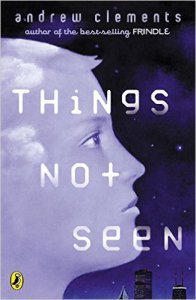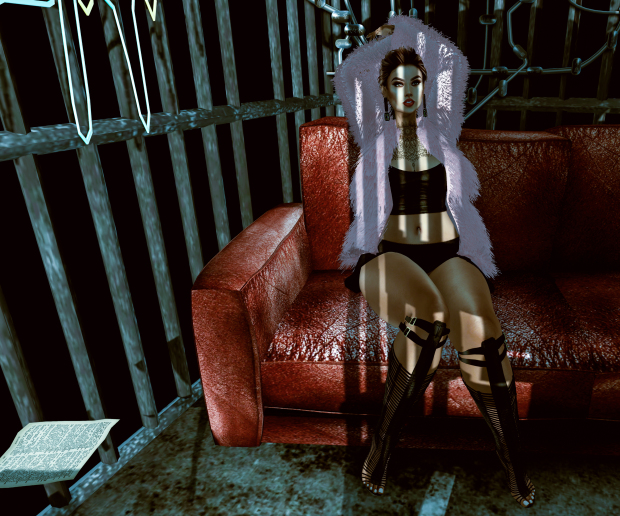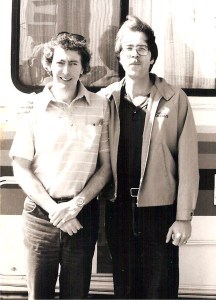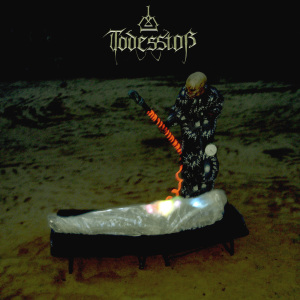Amazon Crossing picked up Daughters of the River Huong, a 2005 small-press-published novel by Vietnam-born Houston attorney Uyen Nioole Duong (born in 1959) and reprinted it in 2011 followed a few months later by its sequel Mimi And Her Mirror. The protagonist of the first is Simone, the eldest great-grand-daughter of a king of Hue (the River Huong, which runs through the capital of the former kingdom is generally called the Perfume River in English) and his concubine. The second novel takes up the story of the traumatic escape from Saigon in 1975 of the second daughter, Mimi. Both have become very successful attorneys in the US.
I thought that the third volume of the trilogy, also published by Amazon in 2011, would move on to the story of Peter/Pi, the youngest child and wondered about Duong’s ability to create a credible male character. “Nam” in Postcards from Nam, however, turns out not to be the youngest child of the family that made it out, but a neighbor boy (a playmate of Pi’s who had a major crush on Mimi and listened reverentially to her piano practicing). Duong ducks the challenge of manufacturing a male consciousness, since the texts that start arriving (postmarked Bangkok: the back cover “Saigon” postmark is multiply wrong… and Duong uses “postdated” where she means “postmarked”) are terse even for postcard texts.
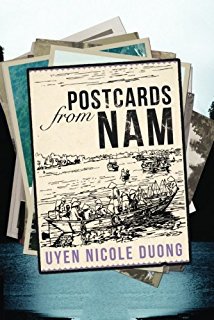
Mimi charged Nam with watching out for her grandmother who was left behind. He was unable to do that and had as hard a time as any of the boat people who made it alive to foreign shores. Mimi mobilizes her connections to find out what happened. Only readers of the previous book will know the parallel in her own fight from Saigon, or how important the grandmother who was left behind was to her.
An interview of the former RVN intelligence officer who ran boatloads of mostly Chinese refugees (payment in gold only) shows Duoing has some talent as a noir/detective writer, but Nam remains a wispy concept rather than a character. Knowing from Mimi And Her Mirror that Mimi revisits Vietnam on business, I find it difficult to believe that she would not stop in Bangkok and arrange a meeting with Nam (away from where he works…)
The book adds nothing to the reader’s understanding of Mimi. It indirectly tells a horror story of the fall of South Vietnam and of infighting and anomie among Vietnamese Americans.
The text is only 89 pages, followed by a ten-page blurb from G. B. A. Nash that quixotically defends the opening elaborate description of Mimi’s apartment/building (the mirror, apparently, was left behind when she sold her house for a loss…) and seems to me superfluous (padding).
©2011, 2017, Stephen O. Murray
Advertisements Share this:
